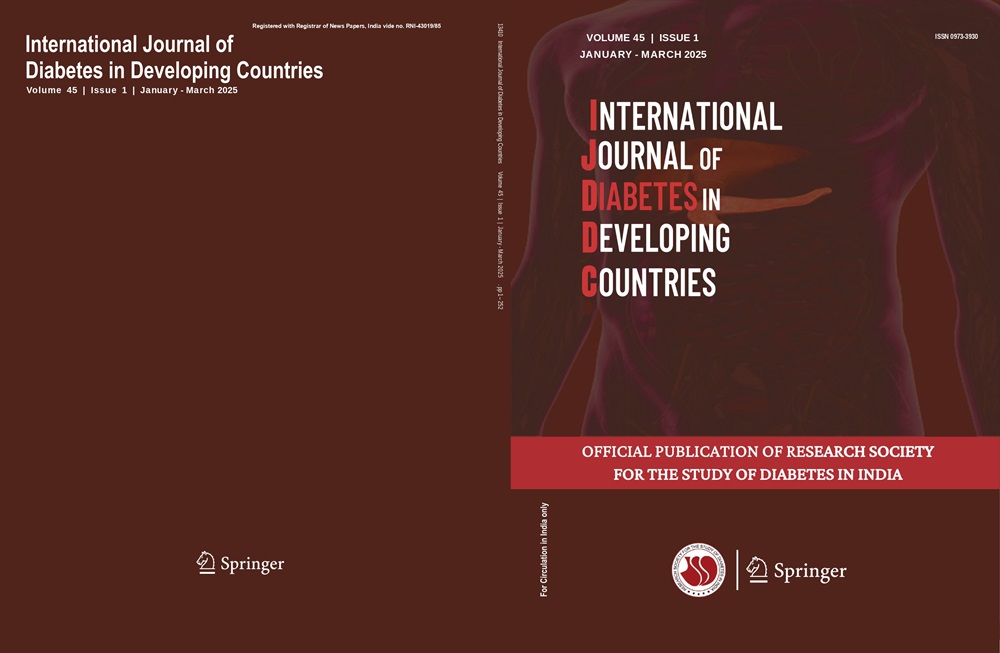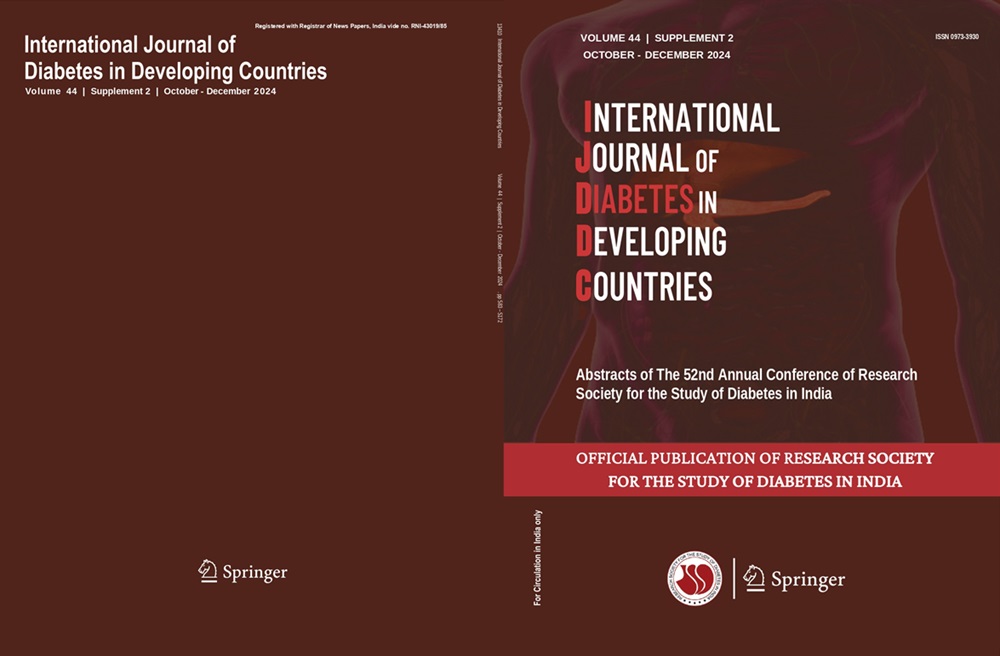Deniz Gezer, Semra Özkan Öztürk, Zehra Kocaman
Keywords
Type 2 diabetes mellitus • Dapaglifl ozin • AIP • TyG • Atherosclerosis
Objective Atherogenic index of plasma (AIP) and triglyceride-glucose (TyG) index are inexpensive and non-invasive markers with high predictive value for early detection of cardiovascular disease in DM patients. Herein, dapagliflozin reduced the AIP and TyG and caused positive cardiovascular effects in patients with type 2 diabetes mellitus (T2DM).
Methods We retrospectively evaluated the data of patients aged >18 years with T2DM (n = 348; 210 [60.3%] women and 138 [37.7%] men; mean age = 59.24, standard deviation [SD] = ±10.44 years) who presented to a single-center internal medicine outpatient clinic between June 01, 2017, and December 30, 2020, and who were started on dapagliflozin as part of their treatment. Demographic data and clinical data of the patients at 0, 6, 12, and 24 months were retrieved from the
electronic medical records of the hospital.
Results Hypertension was the most common comorbidity (n = 155 [48.9%] patients). AIP values measured before dapagliflozin initiation (mean = 0.68; SD, 0.33) and at 6 months (mean = 0.62; SD, 0.30) were significantly different (p < 0.00). Furthermore, TyG index values measured before initiation of medication (mean = 9.98; SD, 0.76) and at 6 months (mean = 9.73; SD, 0.71) were significantly different (p < 0.00). These differences persisted until 12 and 24 months after treatment
initiation.
Conclusions Dapagliflozin administration lowered the AIP and TyG index in patients with T2DM; this may slow the ath-
erosclerotic process and prevent the associated macrovascular complications.




